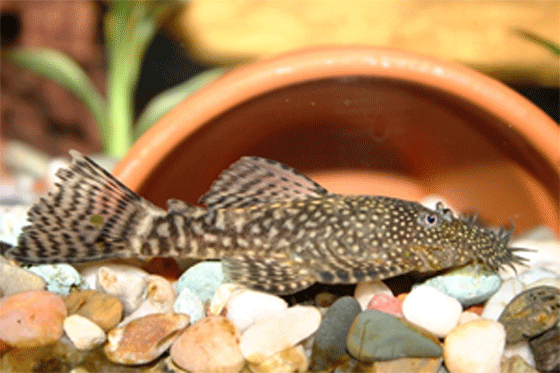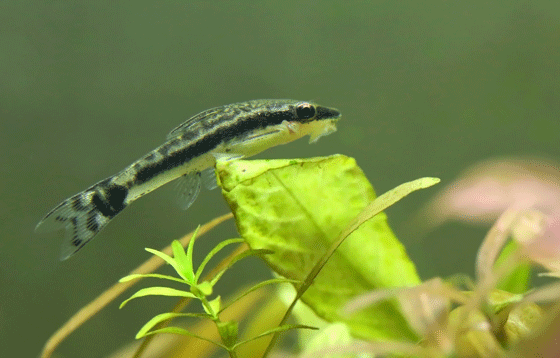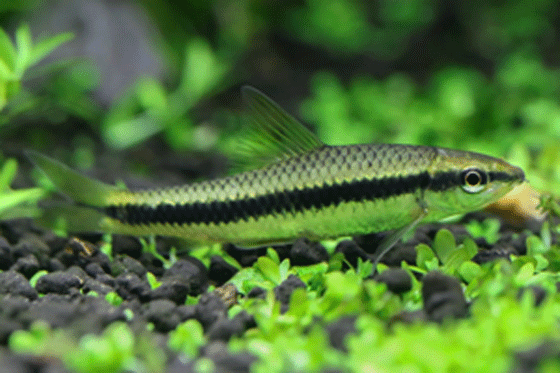Algae is a menace because it interferes with the delicate balance supporting healthy fish and aquarium plants, denying food nutrients and carbon dioxide. Carbon dioxide is a by-product of fish, plants and other organisms and important for photosynthesis.
Algae eaters feed on algae in the aquarium helping to keep it clean, healthy, and balanced.
Algae Eating Fish
Bristlenose
Otocinclus catfish (Dwarf Suckers, Otos)
Siamese
Garra
American Flag fish
Each of these types of algae eater can be introduced into your fish tank.
But depending on the size of your tank and if you’ve a particular type of algae problem, some will suit better than others.
Bristlenose
They can grow up to around 4-5 inches in length, given the room, and will eat green spot algae that others can’t eat.
We suggest the smaller pleco. There are larger ‘Plecostomus’ varieties which will grow, when mature, to a length of 12” and not suited to most aquariums. These can become quite destructive and will eat plants.
Pleco’s are nocturnal and love to stay in dark places. Include some driftwood and caves in their habitat.
Just like other algae eaters, they also need to be fed sometimes.
Algae wafers are the perfect food supplement for plecostomus.
- A good choice for green spot algae
Otocinclus Catfish
These are tiny, cute and inexpensive South American algae eaters and they work communally. They generally need to be kept in groups of at least 3 and happily feed on the algae without causing harm to plants.
They’ll grow up to a maximum of 2 inches and they remain slim. This makes Otos ideal for fish tanks because they don’t cause problems for your filters and can squeeze into those tight spaces to perform their clean up tasks.
They are very peaceful although they need some attention.
Otos only feed on brown or soft green algae and when the algae is depleted they begin to starve. They don’t feed on all the algae, especially black algae. You’ll need to constantly check on their bellies. If the bellies are shrinking, you can start to feed them a little cucumber or zucchini.
*If feeding cucumber or zucchini you’ll need to wash thoroughly and microwave it for about 25 seconds.
- For small algae eating fish choose Otos
Siamese
Siamese algae eaters are not fussy eaters and have a healthy appetite feeding on everything they come across.
Most other algae eaters are known to feed on the green and the brown algae, but if you have black algae in your aquarium, Siamese are your top choice.
Growing up to 5 inches they’re suitable to add to fish tanks from about 10 gallons capacity, but larger is preferable. They are territorial and like a ‘planted’ environment.
They feed on algae without causing damage to most plants. Exceptions being very fine leafed plants like mosses, hairgrass, or mayaca which they will eat.)
Siamese algae eaters will keep your aquarium nice and tidy top to bottom.
- Siamese algae eaters are best for black algae
Garra
Also known as ‘drab’, most people think these algae eating fish are ugly – that’s not nice. However, there are new additions to this species like Garra flavatra and Panda garra.
This fish mostly prefers to feed on algae on rocks. If you have rocks in your aquarium infested with algae, then this species should be your new best friend.
- Garra are ideal for algae on rocks
American Flag Fish
Originating in Florida, this is another special type of algae eater known to feed on hair algae.
You can introduce this temperate and hardy fish into your weedy tank and within a short period of time, your aquarium will be cleaned up.
- Best for hair algae
Some algae eating fish can’t survive in too much water.
There are significant advantages to introducing algae eating fish to your aquarium. They play their part in the overall maintenance of your fish tank including ensuring
- the aquarium has a free circulation of air
- that your fish tank has a supply of sunlight
- there’s no blockage on the aquarium filters
Don’t forget about adding algae eating snails and shrimp.
*They’ll also do a great job controlling algae and won’t uproot and harm your plants.
Red shrimp are another option for dealing with problem hair algae. Check more info here.
This video showing Siamese algae eating fish, Odessa Barbs, and American-Flag fish in action.
You may also like
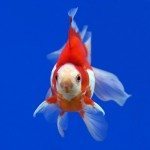 Will Goldfish Survive Winter in an Above Ground Pool? – Considerations to Housing a Goldfish Outside
Will Goldfish Survive Winter in an Above Ground Pool? – Considerations to Housing a Goldfish Outside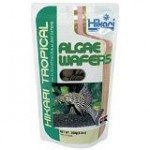 Algae Wafers – The Perfect Snack For Your Goldfish
Algae Wafers – The Perfect Snack For Your Goldfish Sick Goldfish – The Importance of Early Diagnosis
Sick Goldfish – The Importance of Early Diagnosis How To Choose The Best Fish Tank Filter
How To Choose The Best Fish Tank Filter Why Is Pea Gravel The Best Gravel For Your Goldfish Tanks?
Why Is Pea Gravel The Best Gravel For Your Goldfish Tanks?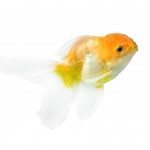 Dropsy – How To Diagnose And Cure Goldfish Of This Disease
Dropsy – How To Diagnose And Cure Goldfish Of This Disease


